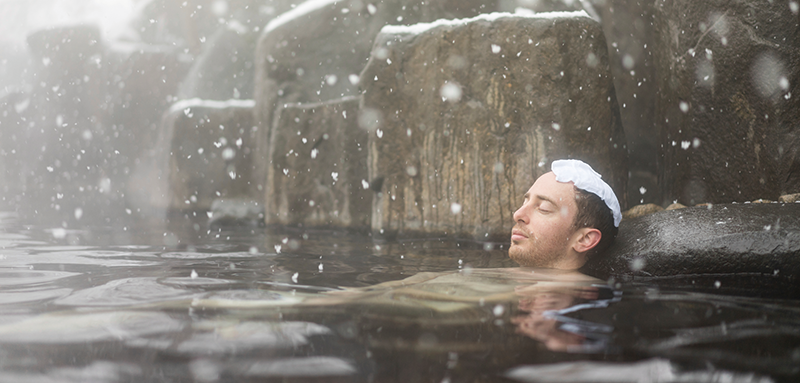By Matt Klampert
There has long been interest in our world’s ancient cultures: historical sites such as Stonehenge, the Great Pyramid of Giza, or the Caves of Lascaux have consistently captured the popular imaginations of people from all over the planet! These days, there has been more and more attention from abroad towards Japan’s early Jomon culture. The Jomon peoples lived in Japan approximately as far back as 12,000 BC, and their culture continued uninterrupted in relative peace and prosperity for over 10,000 years! The Jomon were known for being a largely egalitarian society that managed to coexist with the natural world around them, something unheard of for much of this world’s history.
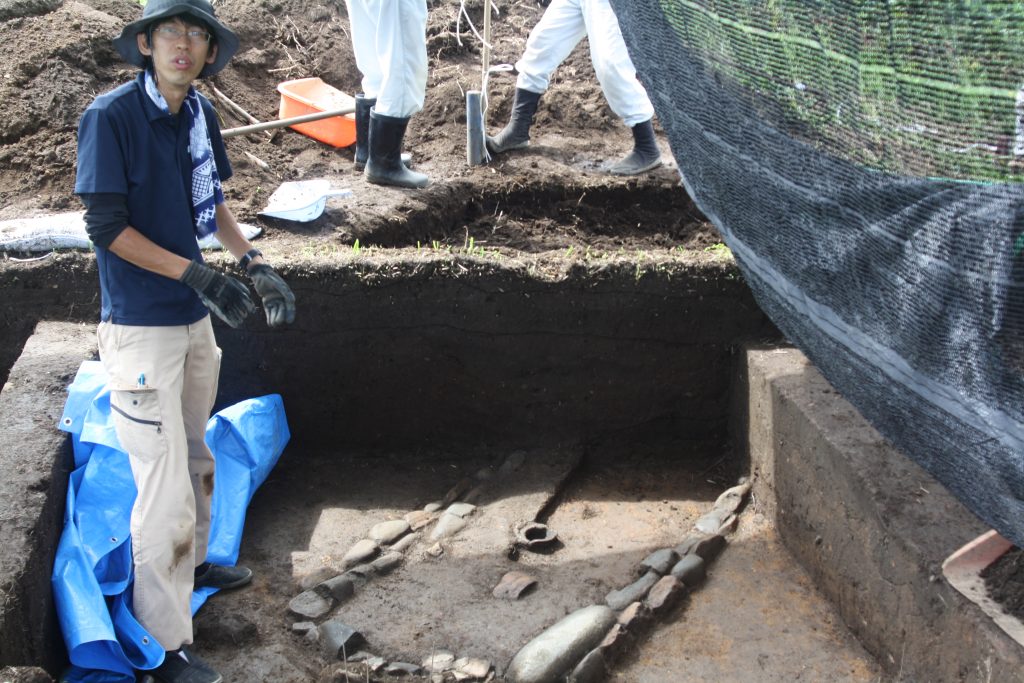
Early interest in the Jomon
After the Jomon culture faded into history around 300 BC, they were known to other ethnic groups that lived here in Japan, including of course the later Yayoi who defeated them in military conflicts and contributed to their decline. The Jomon do not appear in recorded history, however, until the Edo period in the 17th century. A book called the “Eiroku Nikki” records pottery of Jomon origin being unearthed around Aomori. Evidently, the nobility of the time were quite interested in these artifacts, and there is evidence that they were occasionally displayed at social gatherings. Early scholars such as Hakuseki Arai determined that these remains, including pottery and stone tools, were works of a prehistoric Japanese culture. Before these discoveries, it was common in those days to ascribe supernatural origins to the prehistoric peoples of Japan and their remains, similar to how Japan as a whole was thought to have been founded by deities according to traditional teachings.
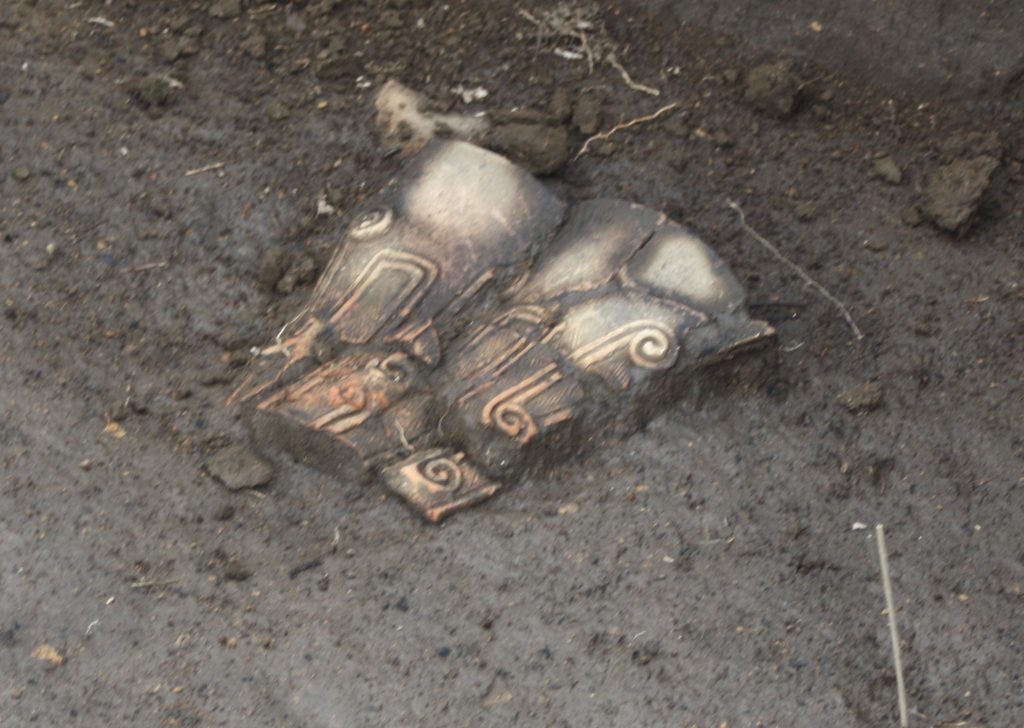
Though the existence of the Jomon people has been discussed for centuries, they weren’t referred to by the name “Jomon” until much later. The person responsible for naming them, and also introducing Jomon to the West, was American zoologist and archaeologist Edward Sylvester Morse. Morse was also a known figure in Japan, for example, for introducing Darwin’s evolutionary theories. He later became the first Professor of Zoology at what is now the University of Tokyo.
It is said that one day in 1877 while looking out the window of a train near Tokyo, Morse saw an area of land that would become known as the “Omori Shell Mound.” Interested to see what lay there, he undertook the first modern archaeological investigation in Japan. At Omori, Morse unearthed some pottery shards that bore the distinctive “cord-marked” designs from which the term Jomon was derived. Early museum exhibits of Jomon artifacts and pottery abroad came from Morse’s vast collection. Morse later published his findings in 1879, which further sowed the seeds of interest in Jomon all over the world. Much of his report focuses on pottery such as Kaengata, which have been an object of scientific study ever since!
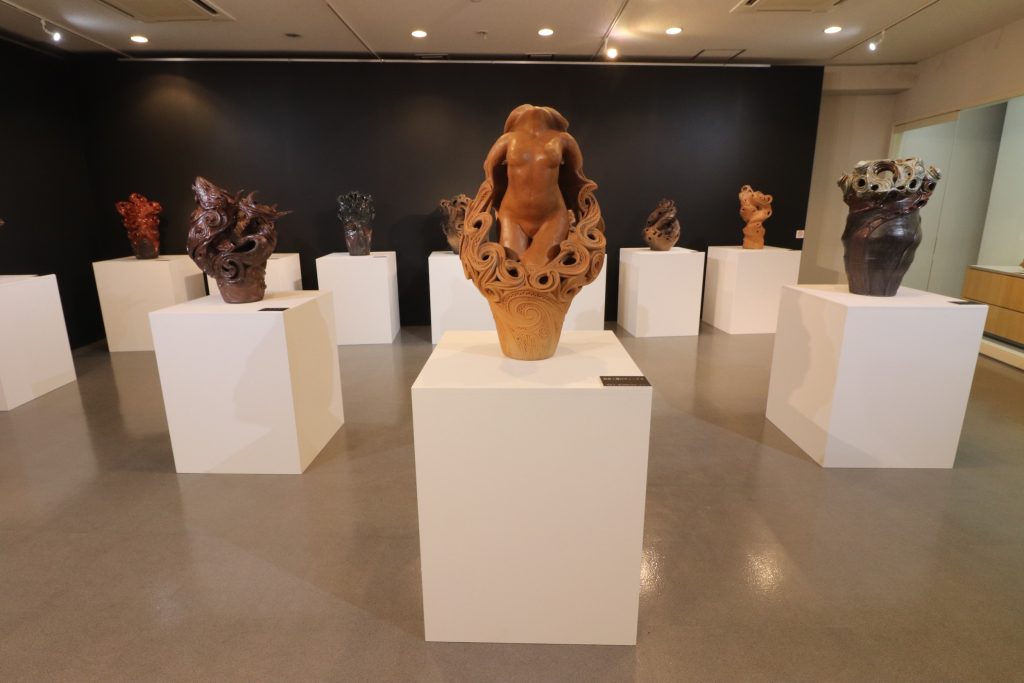
It belongs in a museum!
In more recent times, Jomon crafts are valued not only as important pieces of Japanese history, but are now recognized as works of art: the renowned avant-garde artist Taro Okamoto drew on Jomon themes for his own art beginning in the 1950s. Okamoto described his first encounter with Jomon Kaengata Flameware pottery by saying “My blood boiled to a tremendous heat and then burst into flames.” The acclaimed writer of Snow Country, Yasunari Kawabata, was known to keep a Jomon dogu statue on his writing desk, and claimed it as a source of inspiration. As some of the best examples of Kaengata were unearthed in Tokamachi and nearby Tsunan, there exist Jomon artifacts in museums all over YUKIGUNI, such as the recently renovated Tokamachi City Museum Toppaku, and of course, at Tsunan’s Najomon Museum.
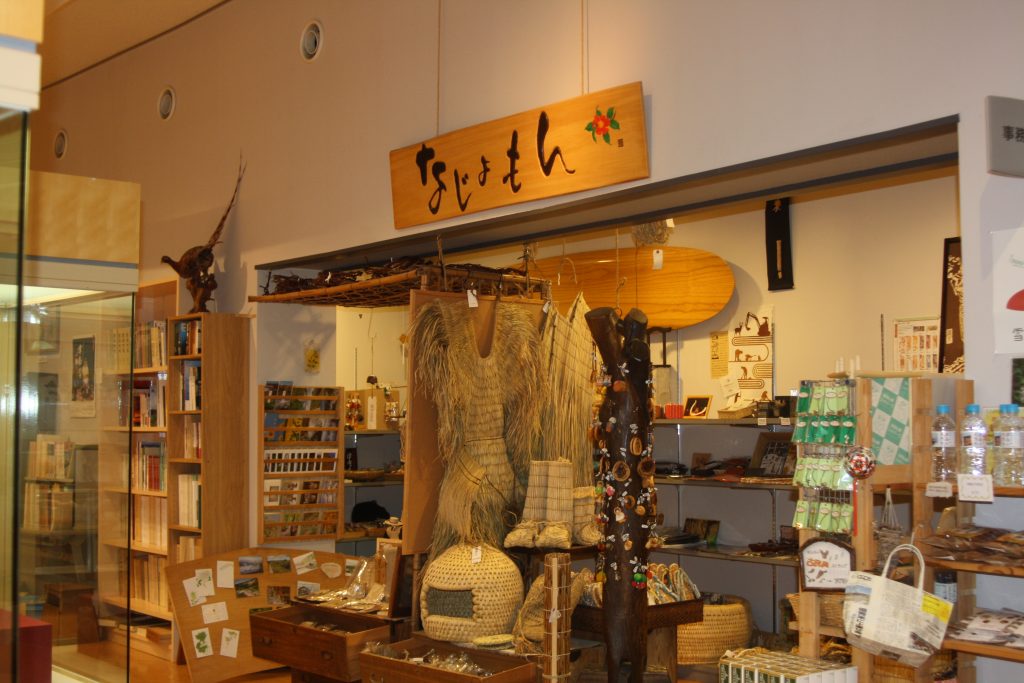
Though it would be ideal to see Jomon artwork in their natural habitat, there are now Jomon exhibits in museums all over the world! In 1998, the Japan Cultural Institute in Paris famously exhibited 64 Jomon-era artifacts that caught the attention of a who’s who ranging from French anthropologist Claude Levi Strauss to then-President Jacques Chirac. Later in 2001 Jomon artifacts were shown at the British Museum for the first time, in collaboration with the Sainsbury Institute. There was another Jomon exhibit at the British Museum in 2009 called “The Power of Dogu,” which featured over 60 different dogu, which are curious Jomon ceramic figurines depicting people, animals, and amalgamations of both. In 2010, a discussion of Jomon artifacts, including Kaengata pottery, was a part of the BBC series A History of the World in 100 Objects. One of the pieces in question was from Tsunan! In 2020, there was an “online Jomon Matsuri” put on by the Sainsbury Institute about recent Jomon findings. There have been Jomon pots displayed at the Japanese embassy in London, as well as dogu exhibited at the Japan Cultural Expo during the recent Tokyo Olympics.
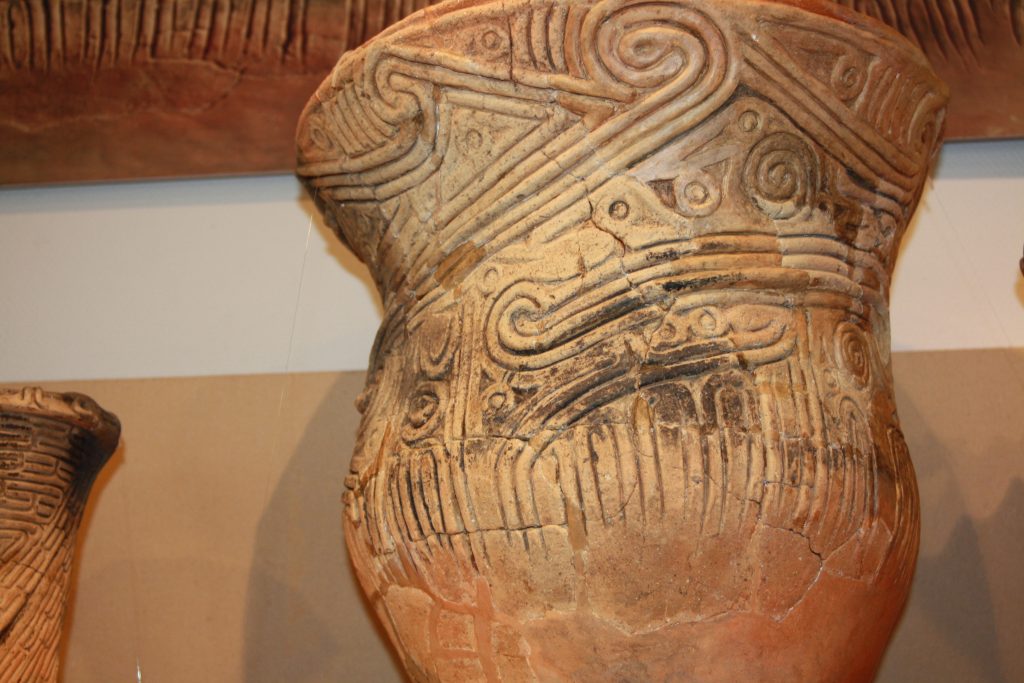
The many tribes of the world
As we learn more and more about the Jomon and their way of life, researchers are finding similarities to other early cultures, including ancient art. Jomon often employed elaborate spiral patterns in their artwork that has drawn comparisons to the art of New Guinea tribes. It is said that these tribespeople had such patterns tattooed on themselves so spirits wouldn’t enter their bodies, and it has been considered that it could’ve possibly been the same for the Jomon. Around the time of the Middle Jomon, when most Kaengata were made, there were also Romanian Cucuteni pottery starting from 5,000 BC or Egyptian pottery from the Old Kingdom going back to 3,000 BC.
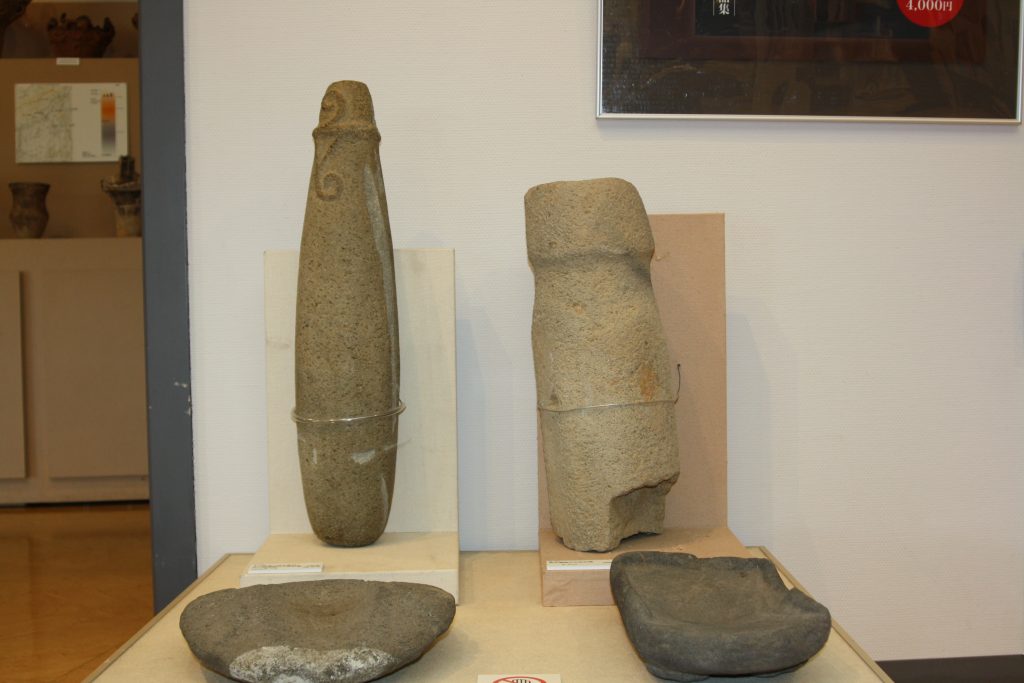
Comparisons have also been made between Jomon and early American tribes, such as the ancient Hopewell culture, a collection of peoples that extended from Florida to as far as Canada over 2000 years ago. The Hopewell people, like the Jomon, were known to have especially elaborate burial ceremonies, to the extent that funerals of particularly important people would be attended by members of neighboring Hopewell groups as well. Though we are not certain, it is thought that the Hopewell, like the Jomon, did not rely heavily on agriculture or domesticating plants. The various Hopewell tribes had a similarly non-hierarchical society that is characteristic of the Jomon, especially when compared to the later Yayoi. Lastly, their environment was similar, such as living in deep forested areas. The area around Tsunan, where many Jomon ruins have been found, is home to the Naeba Sanroku Geopark, which contains beech forests with a long history.
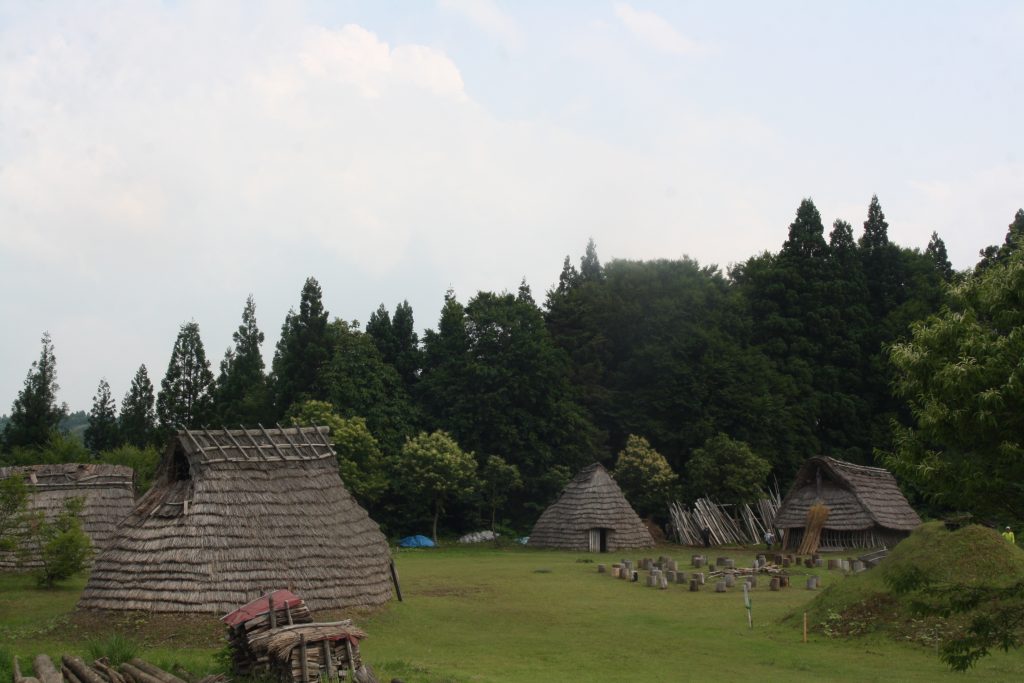
Proceeding toward a Jomon future
So what can the Jomon tell us about our future? In the present day we face many ecological concerns similar to what the Jomon themselves experienced many thousands of years ago, and the need to learn to coexist with nature is clearer than ever. We can learn from Jomon about creating such a sustainable future. In YUKIGUNI we need to think about how to preserve our natural beauty so that it can last another 100 years.
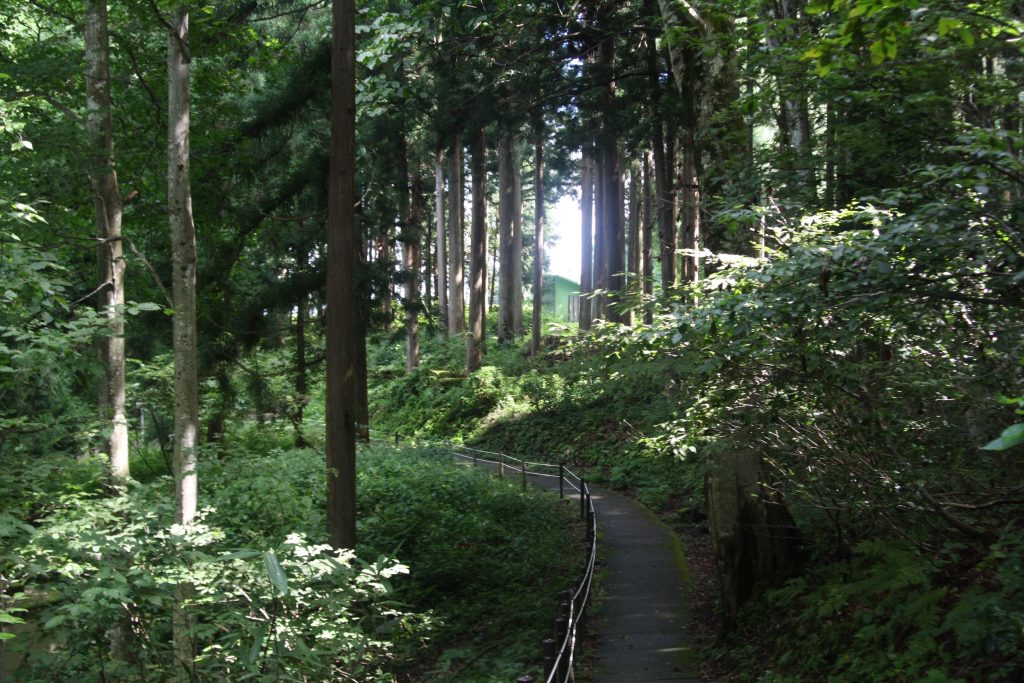


-1024x626-2.jpg)
